Holographic Three-Dimensional Imaging of Terra-Cotta Warrior Model Using Fractional Fourier Transform
Abstract
1. Introduction
2. Principle of The Proposed Method
2.1. Spatial Coordinate Transformation for Calculating Holograms of Terra-Cotta Warrior Model
2.2. FRT and Hologram Generation
3. Digital Reconstruction and Electro-Optical Reconstruction Experiment
3.1. Digital Reconstruction
3.2. Electro-Optical Reconstruction Experiment
3.3. Image Quality Evaluation
3.4. Electro-Optical Reconstruction of Kinoforms
3.5. Relationship Between Computational Distance and Imaging Quality
4. Discussion
5. Conclusions
Author Contributions
Funding
Acknowledgments
Conflicts of Interest
References
- Lucente, M.; Hilaire, P.S.; Benton, S.A.; Arias, D.L.; Watlington, J.A. New approaches to holographic video. Proc. SPIE 1992, 1732, 377–386. [Google Scholar]
- Tornari, V. Laser interference-based techniques and applications in structural inspection of works of art. Anal. Bioanal. Chem. 2007, 387, 761–780. [Google Scholar] [CrossRef] [PubMed]
- Tornari, V.; Bonarou, A.; Castellini, P.; Esposito, E.; Osten, W.; Kalms, M.K. Laser based systems for the structural diagnostic of artworks: An application to XVII century Byzantine icons. Lasers Metrol. Art Conserv. 2001, 4402, 172–183. [Google Scholar]
- Fotakis, C.; Zafiropulos, V.; Tornari, V.; Anglos, D.; Balas, C.J.; Georgiou, S.K. Lasers in the conservation of painted artworks. Proc. SPIE 1998, 6, 292–296. [Google Scholar]
- Sando, Y.; Barada, D.; Yatagai, T. Holographic 3-D display viewable from all horizontal directions by using a single high-speed SLM. In Proceedings of the 2015 14th Workshop on Information Optics (WIO), Kyoto, Japan, 1–5 June 2015; pp. 1–2. [Google Scholar]
- Arai, D.; Shimobaba, T.; Murano, K.; Endo, Y.; Hirayama, R.; Hiyama, D. Acceleration of computer-generated holograms using tilted wavefront recording plane method. Opt. Express 2015, 23, 1740–1747. [Google Scholar] [CrossRef] [PubMed]
- Abedin, K.M.; Rahman, S.M.M. Fresnel diffraction from N-apertures: Computer simulation by iterative Fresnel integrals method. Opt. Int. J. Light Electron. Opt. 2015, 126, 3743–3751. [Google Scholar] [CrossRef]
- Zheng, H.; Wu, F.; Sun, T.; Zeng, Z.; Gao, H.; Yu, Y. Imaging quality analysis of computer generated holograms in 3D holographic display using different Fresnel zone plates in look-up table. In Proceedings of the International Conference on Optical and Photonic Engineering (icOPEN 2015), Singapore, 14–16 April 2015; International Society for Optics and Photonics: Bellingham, WA, USA, 2015. [Google Scholar]
- Abookasis, D.; Rosen, J. Three types of computer-generated hologram synthesized from multiple angular viewpoints of a three-dimensional scene. Appl. Opt. 2006, 45, 6533–6538. [Google Scholar] [CrossRef] [PubMed]
- Matsushima, K.; Schimmel, H.; Wyrowski, F. Fast calculation method for optical diffraction on tilted planes by use of the angular spectrum of plane waves. J. Opt. Soc. Am. A Opt. Image Sci. Vis. 2003, 20, 1755–1762. [Google Scholar] [CrossRef]
- Sakamoto, Y.; Kashiwagi, A.; Murarya, Y. Computer-generated holograms allowing 360-degree viewing. Proc. SPIE 2007, 6488, 64880U. [Google Scholar]
- Li, G.; Phan, A.H.; Kim, N.; Park, J.H. Synthesis of computer-generated spherical hologram of real object with 360° field of view using a depth camera. Appl. Opt. 2013, 52, 3567–3575. [Google Scholar] [CrossRef] [PubMed]
- Nelson, J.; Sheinis, A. Modern Optical Design Optics in Astrophysics; Springer: Dordrecht, The Netherlands, 2006. [Google Scholar]
- Schnars, U.; Kreis, T.M.; Jueptner, W.P. Digital recording and numerical reconstruction of holograms: Reduction of the spatial frequency spectrum. Opt. Eng. 1996, 35, 977–982. [Google Scholar] [CrossRef]
- Sando, Y.; Barada, D.; Yatagai, T. Hidden surface removal of computer-generated holograms for arbitrary diffraction directions. Appl. Opt. 2013, 52, 4871–4876. [Google Scholar] [CrossRef] [PubMed]
- Zhang, Z.; Chen, S.; Zheng, H.; Zeng, Z.; Gao, H.; Yu, Y.; Asundi, A. Full-color holographic 3D display using slice-based fractional Fourier transform combined with free-space Fresnel diffraction. Appl. Opt. 2017, 56, 5668–5675. [Google Scholar] [CrossRef] [PubMed]
- Zheng, H. A dynamic three-dimensional display technique based on liquid crystal spatial light modulator. Proc. SPIE 2008, 7000, 70001U. [Google Scholar]
- Zheng, H.; Yu, Y.; Qian, H.; Asundi, A. Reduction of speckle noise by multi-kinoforms in holographic three-dimensional display. Proc. SPIE 2008, 7155, 71550C. [Google Scholar]
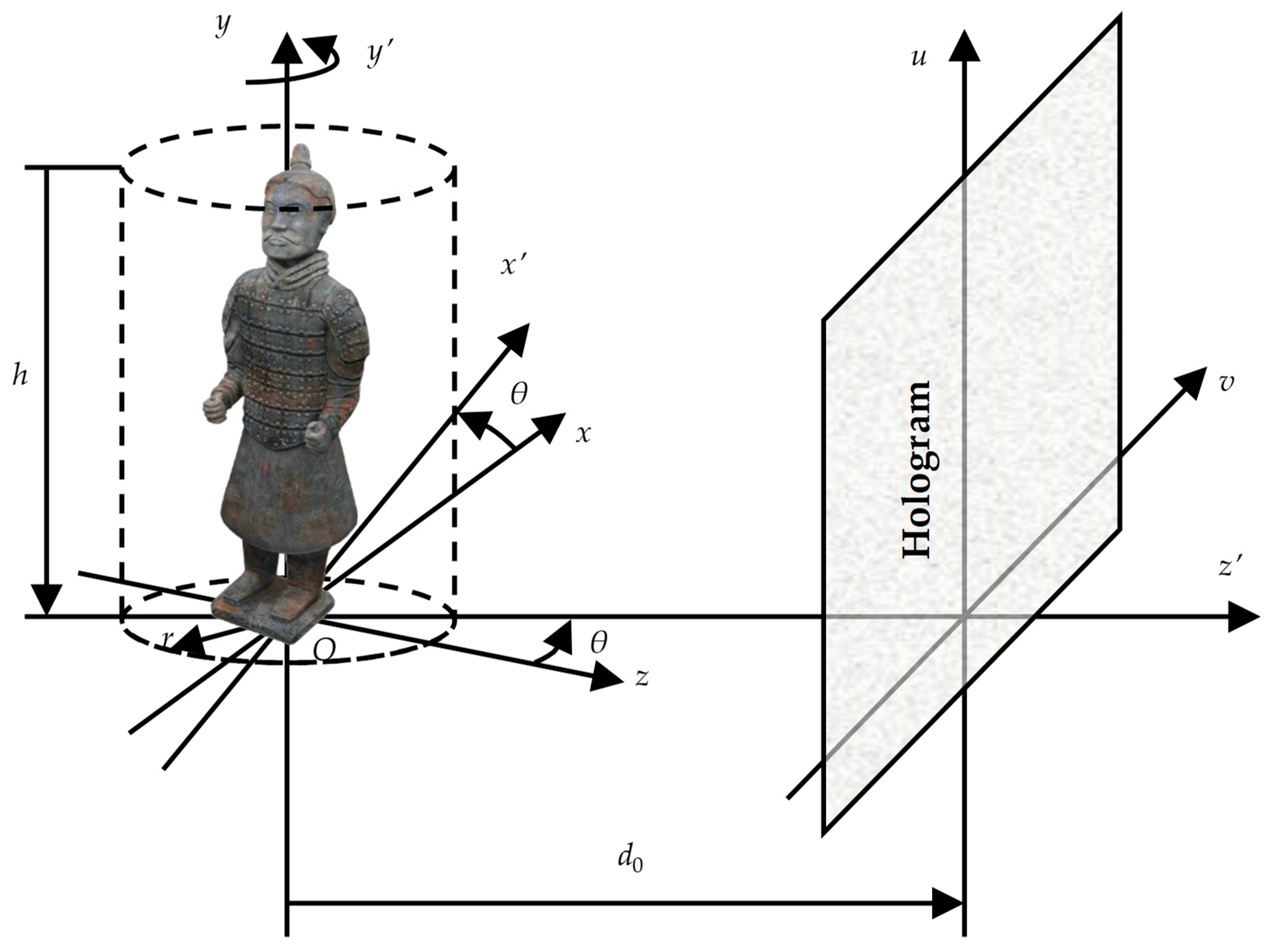
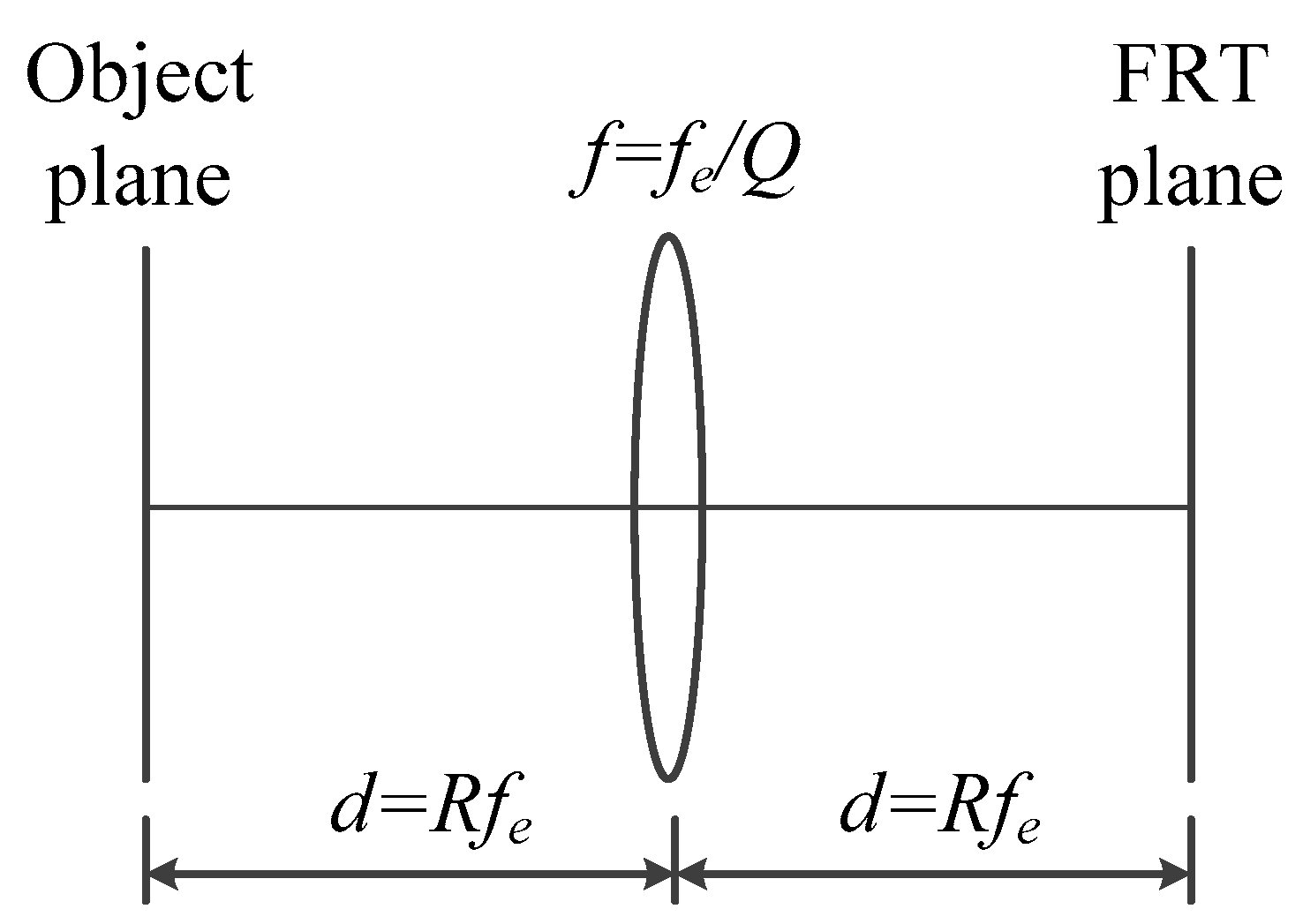
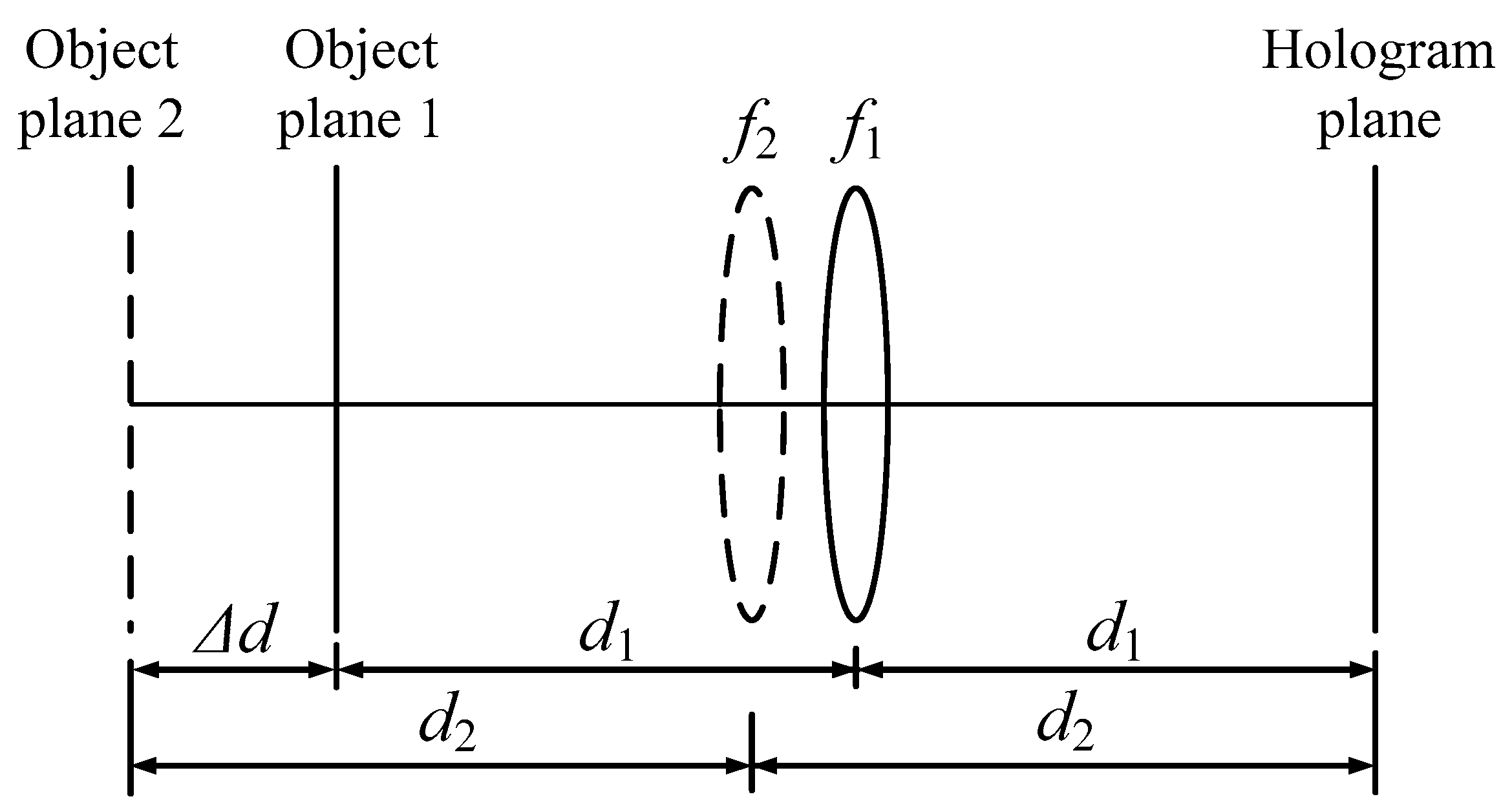
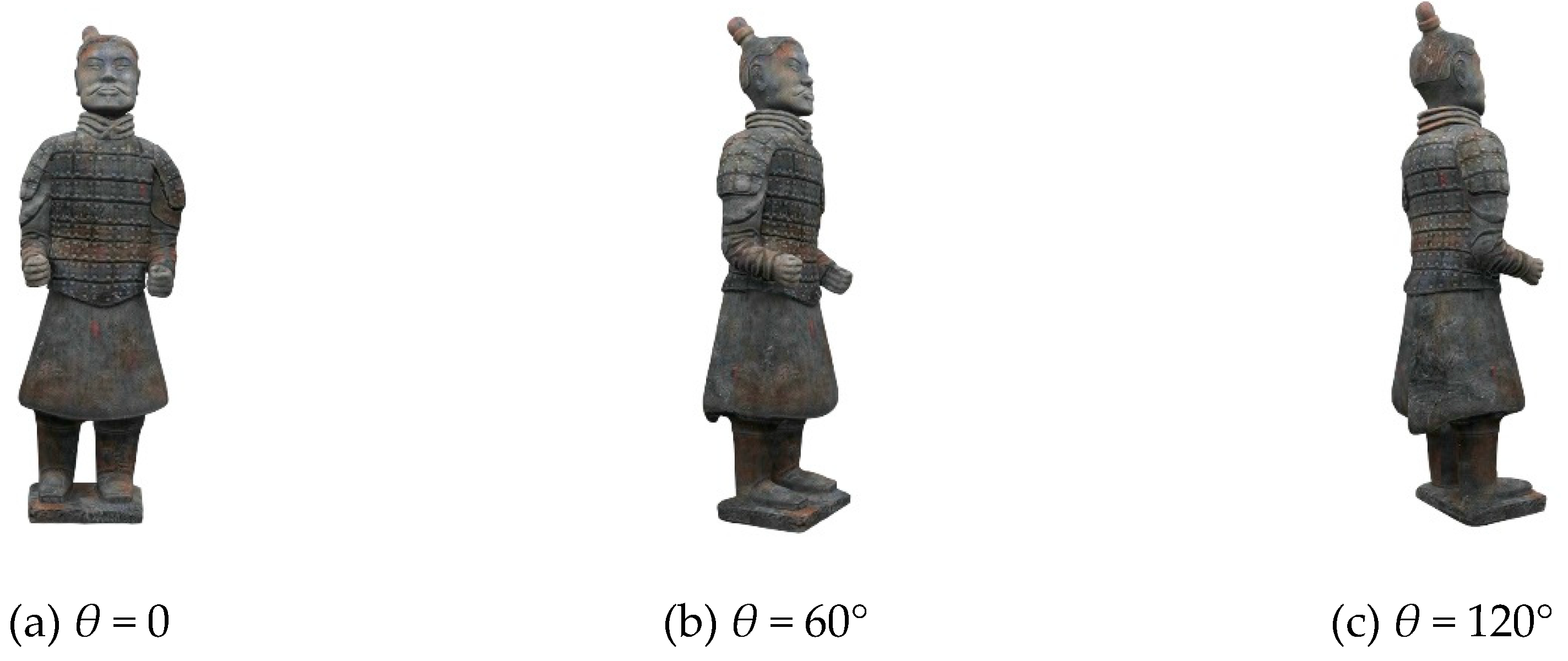
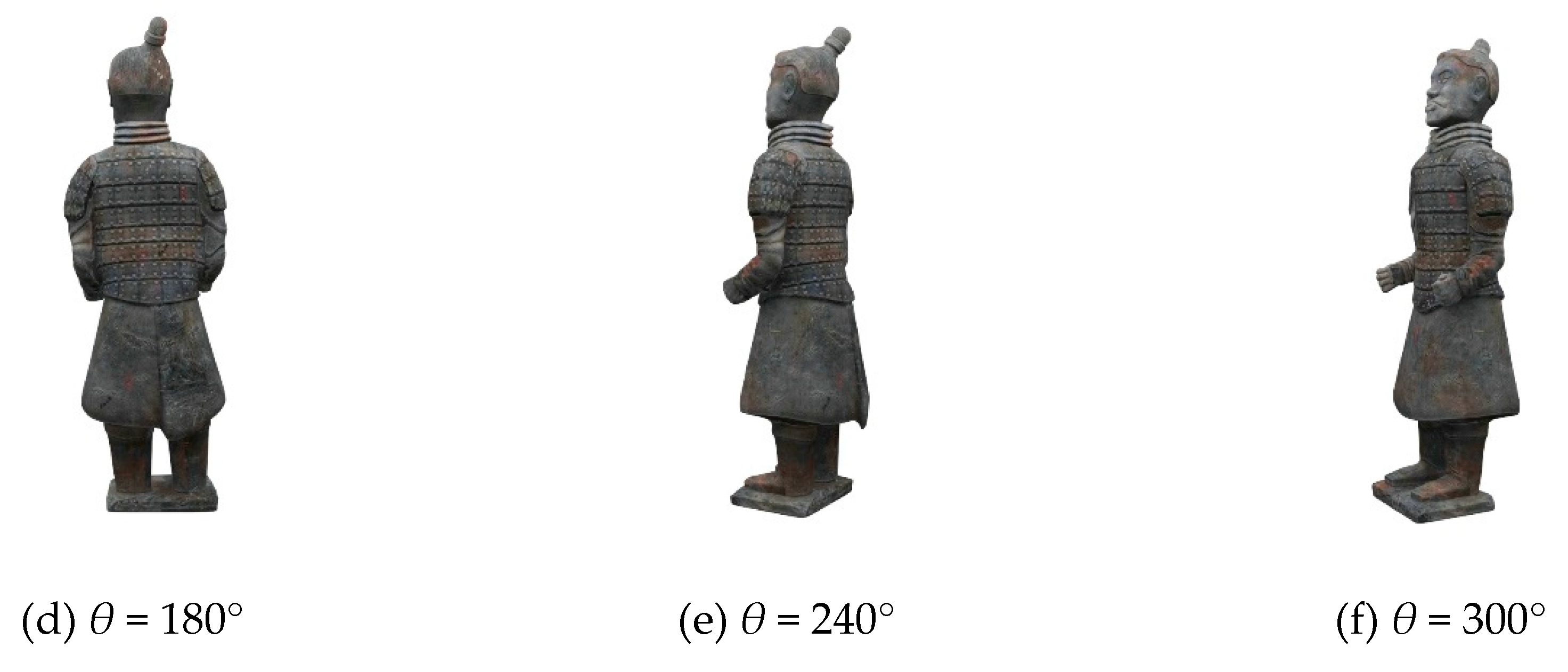
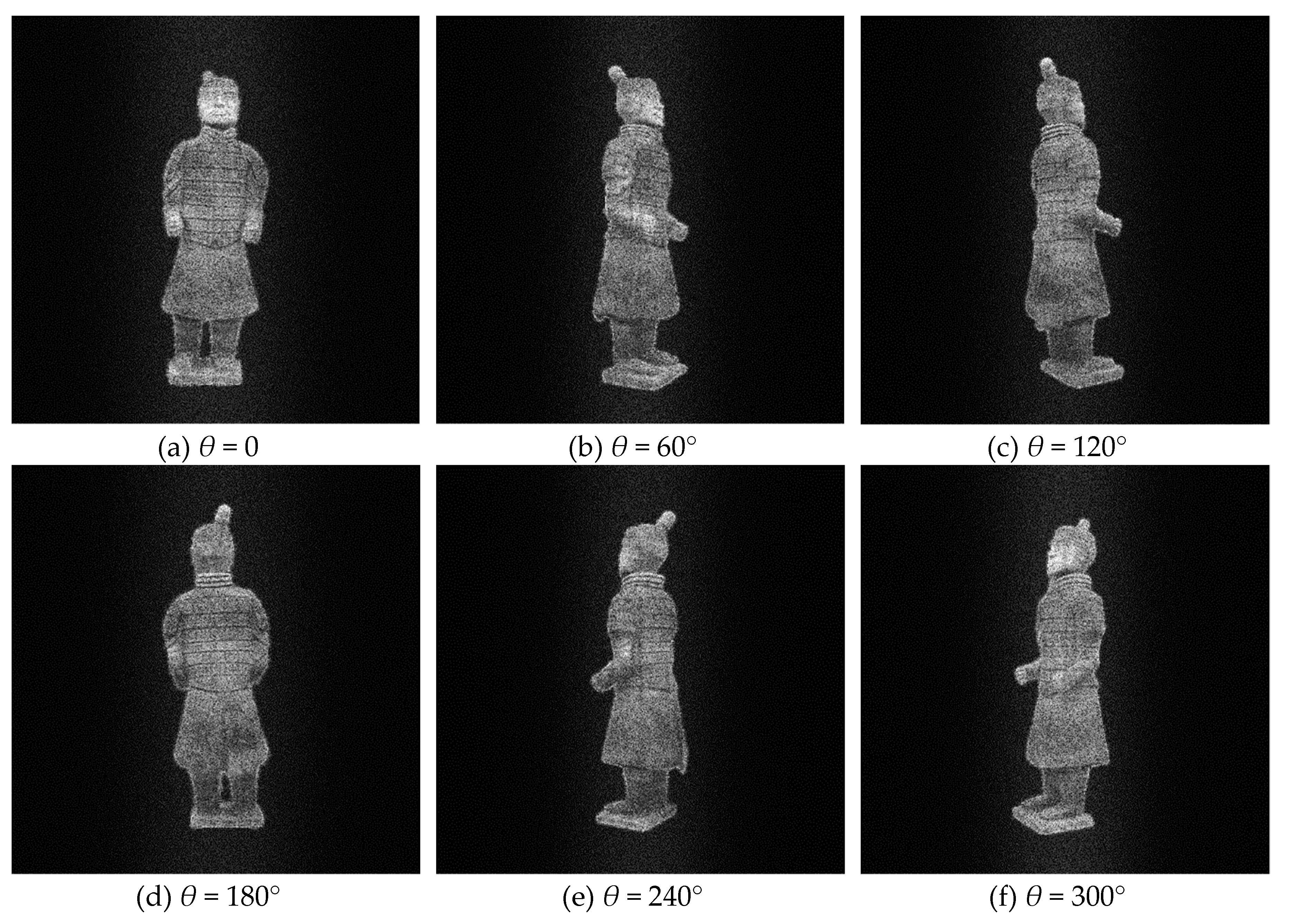
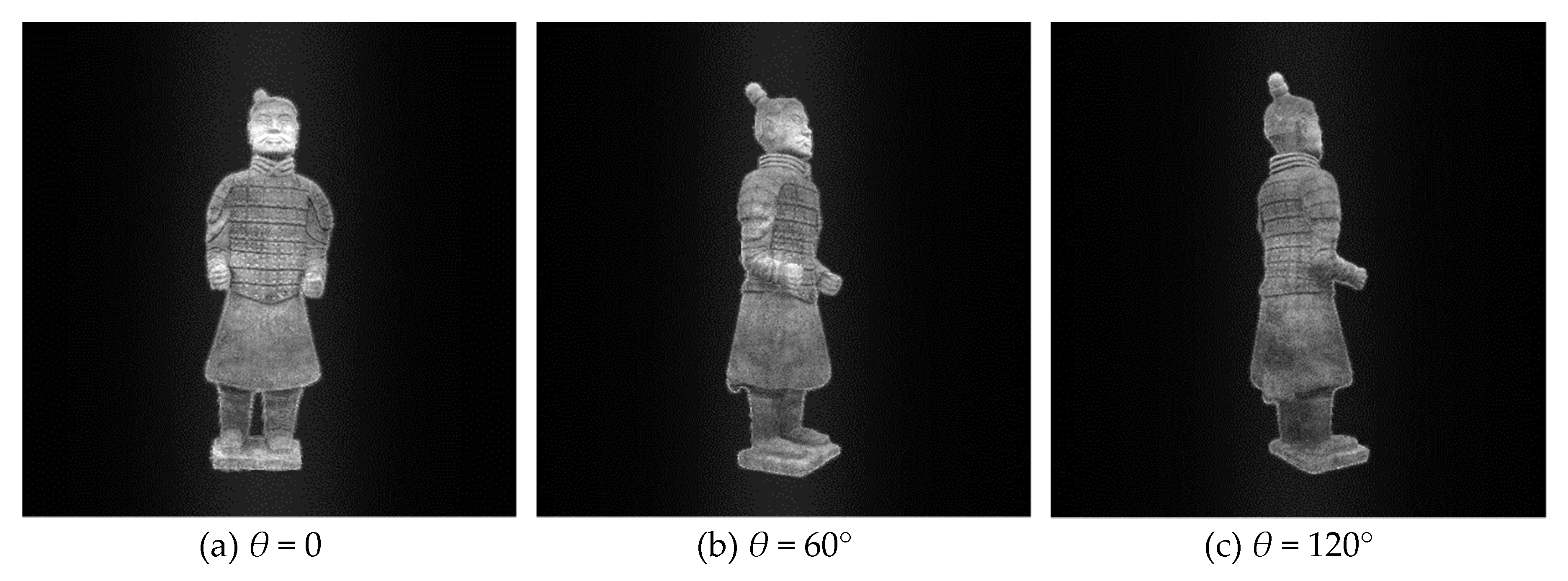
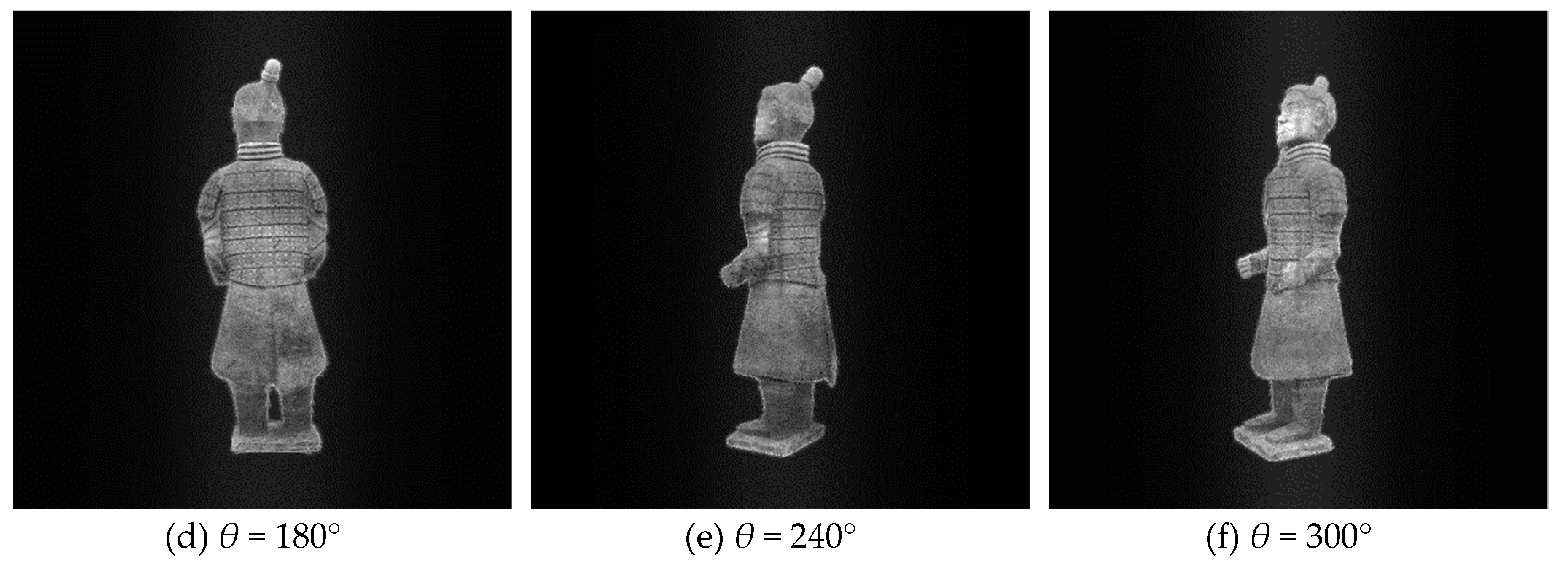
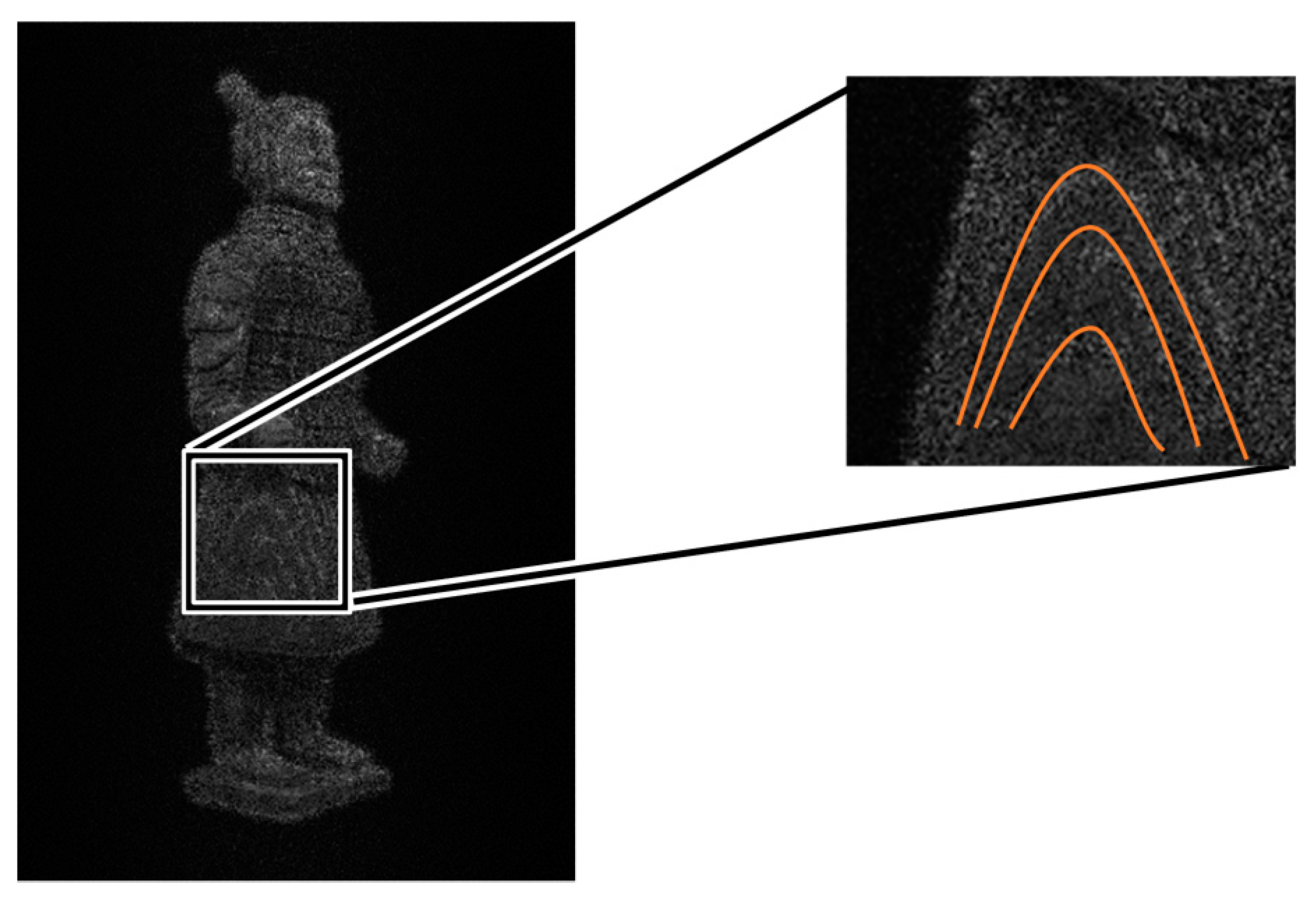
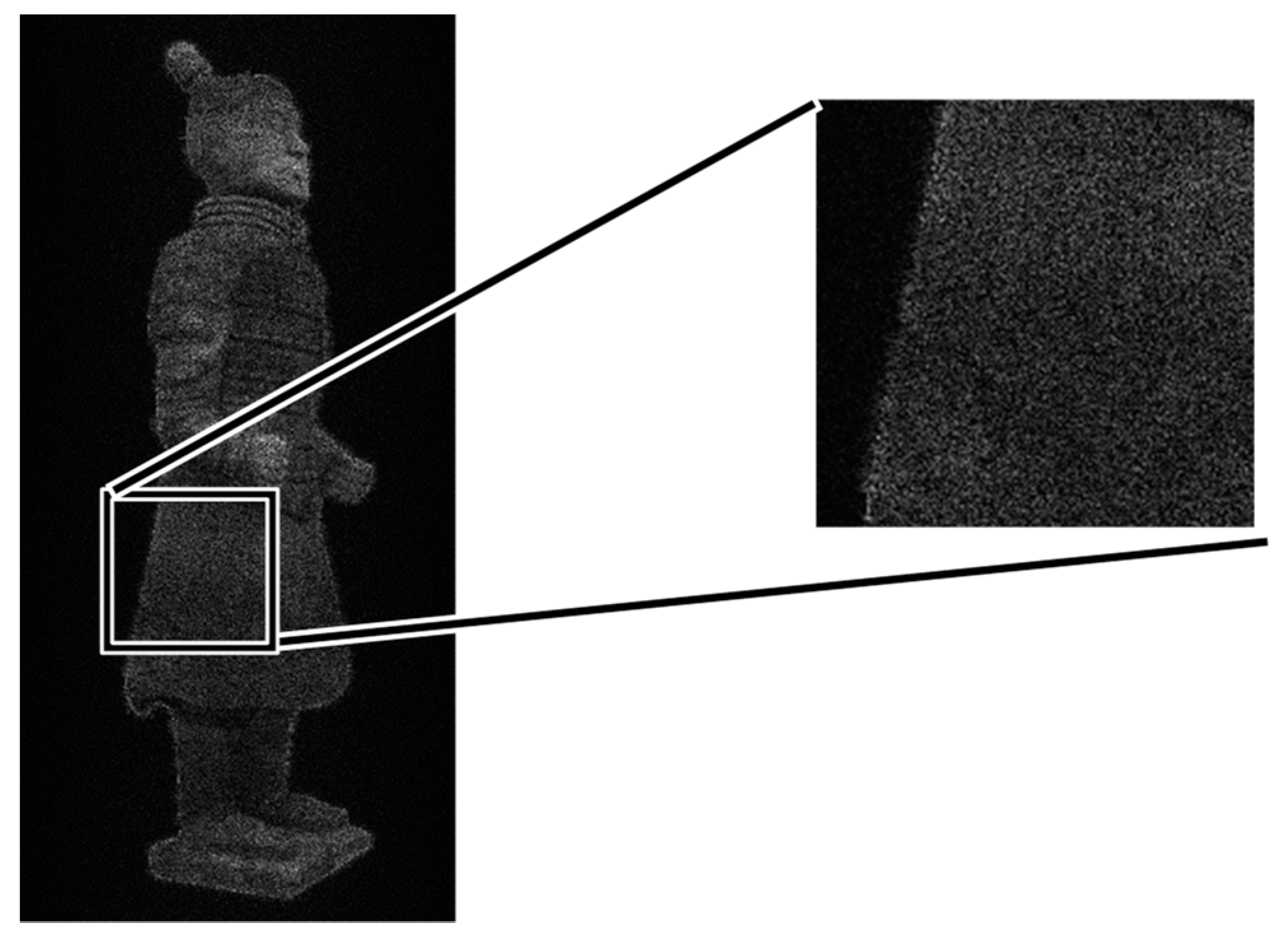
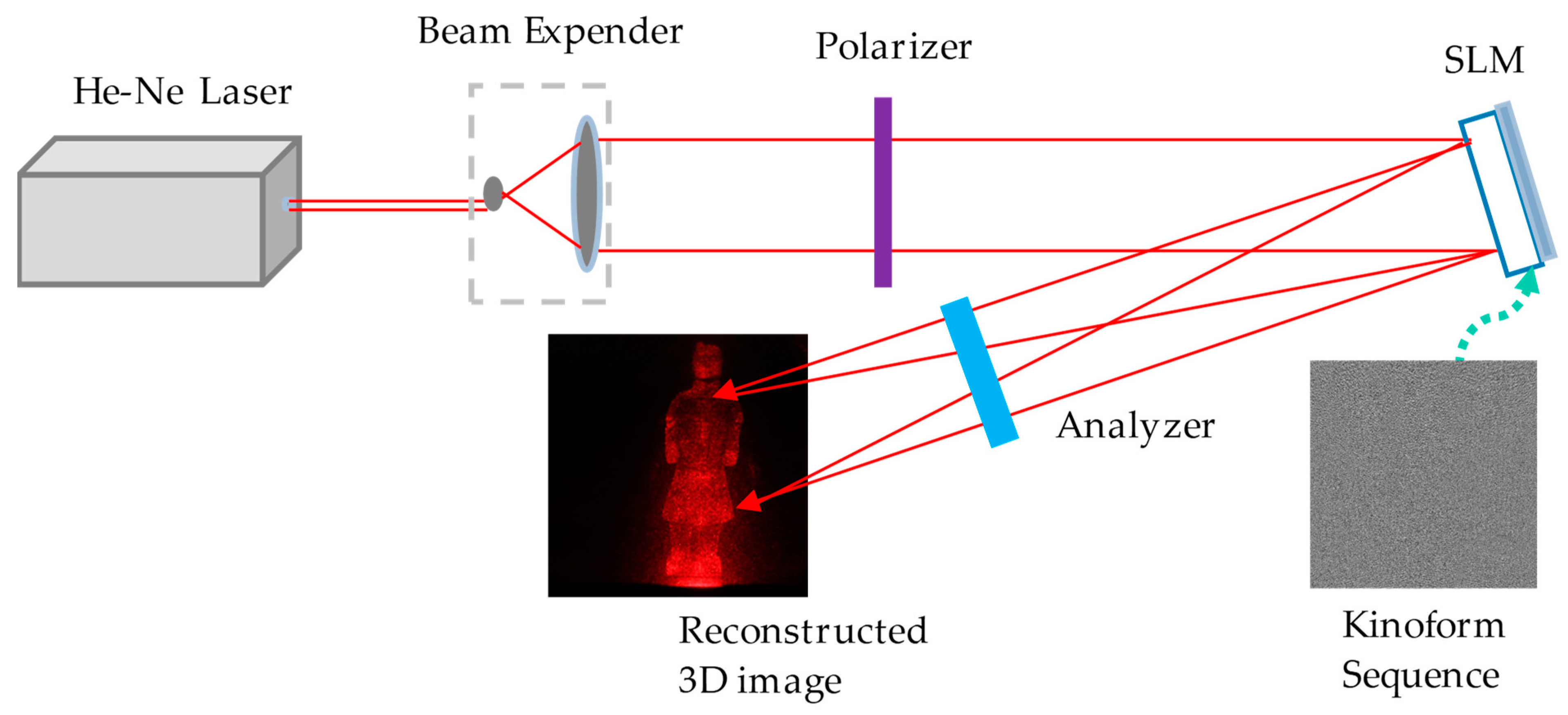
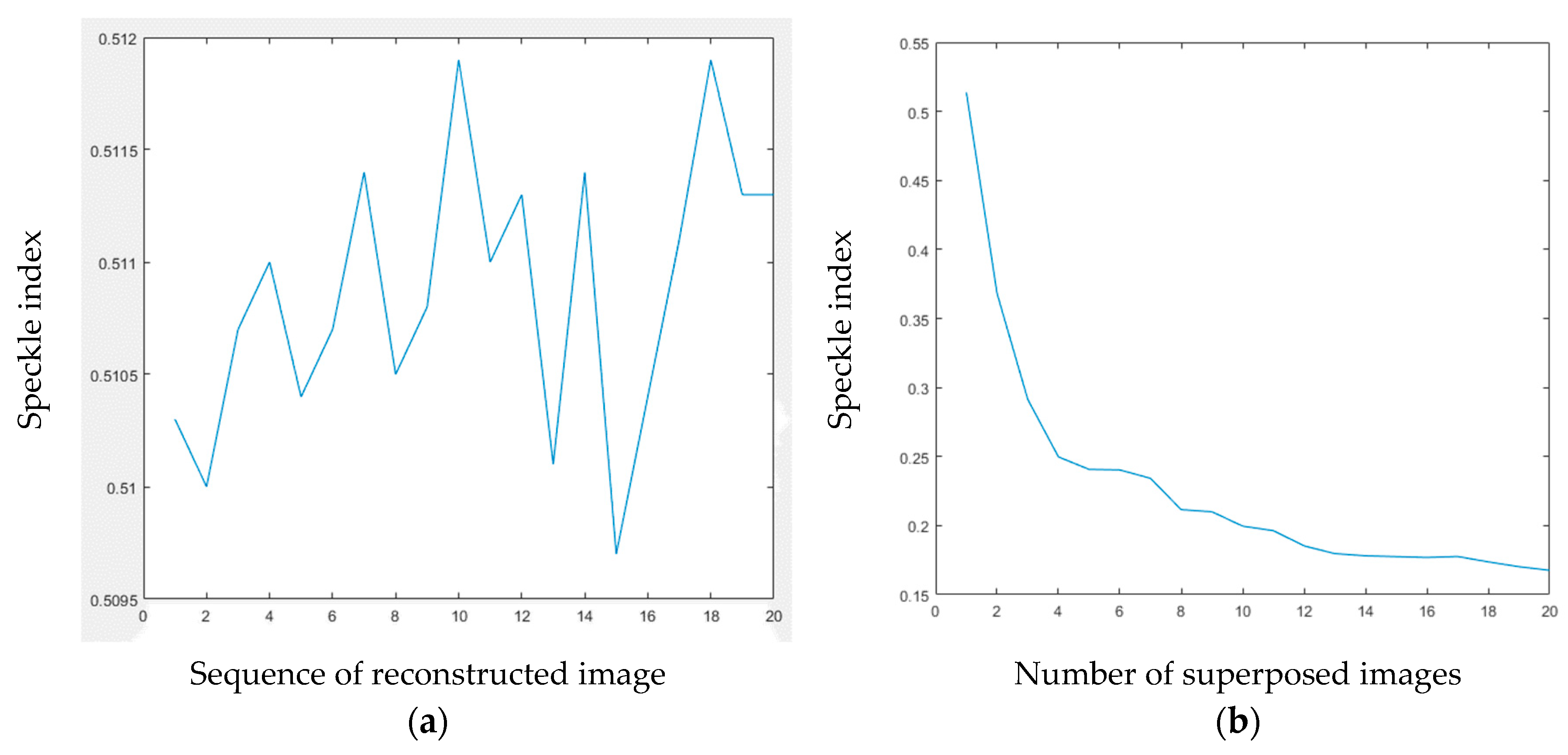
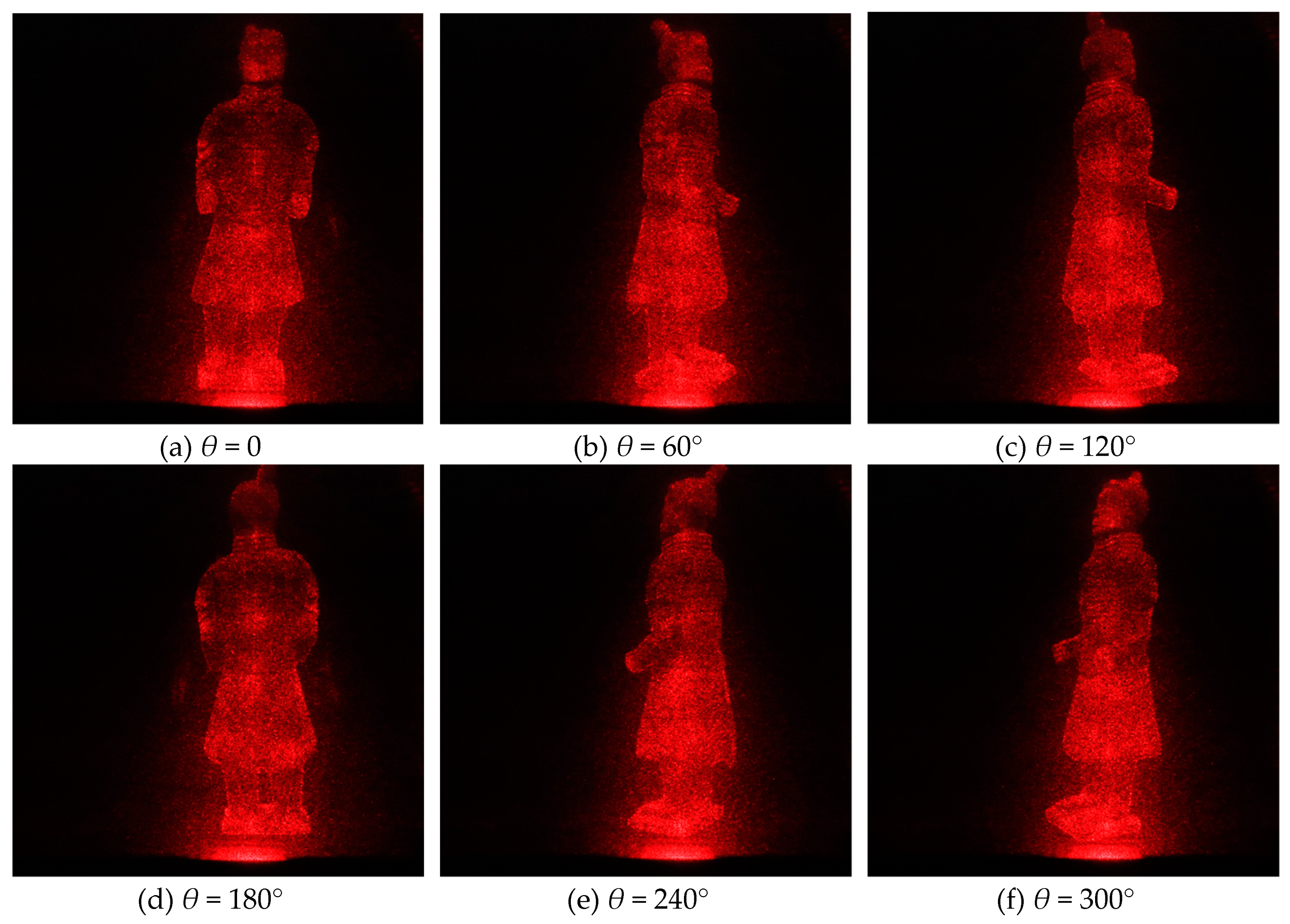
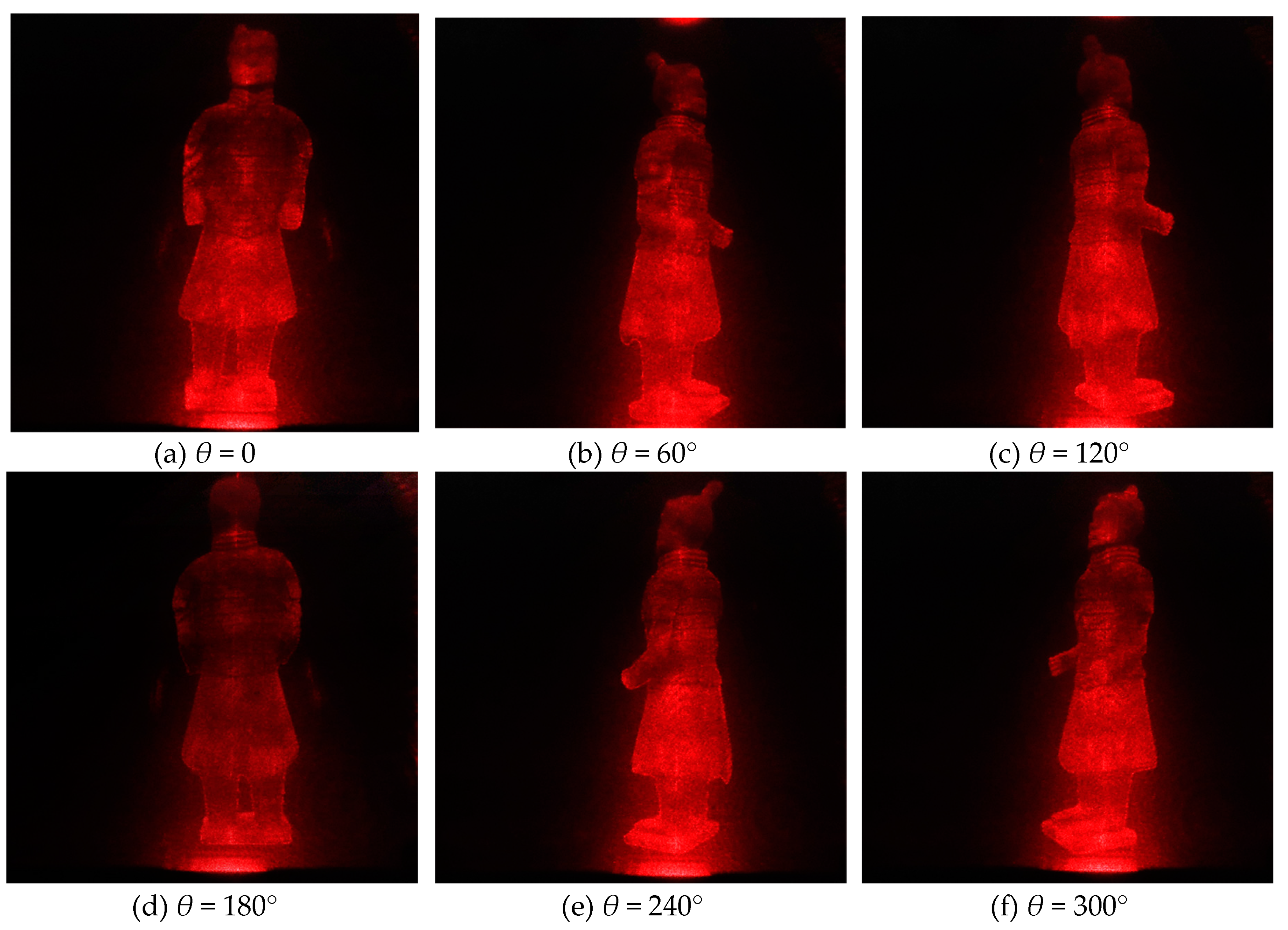
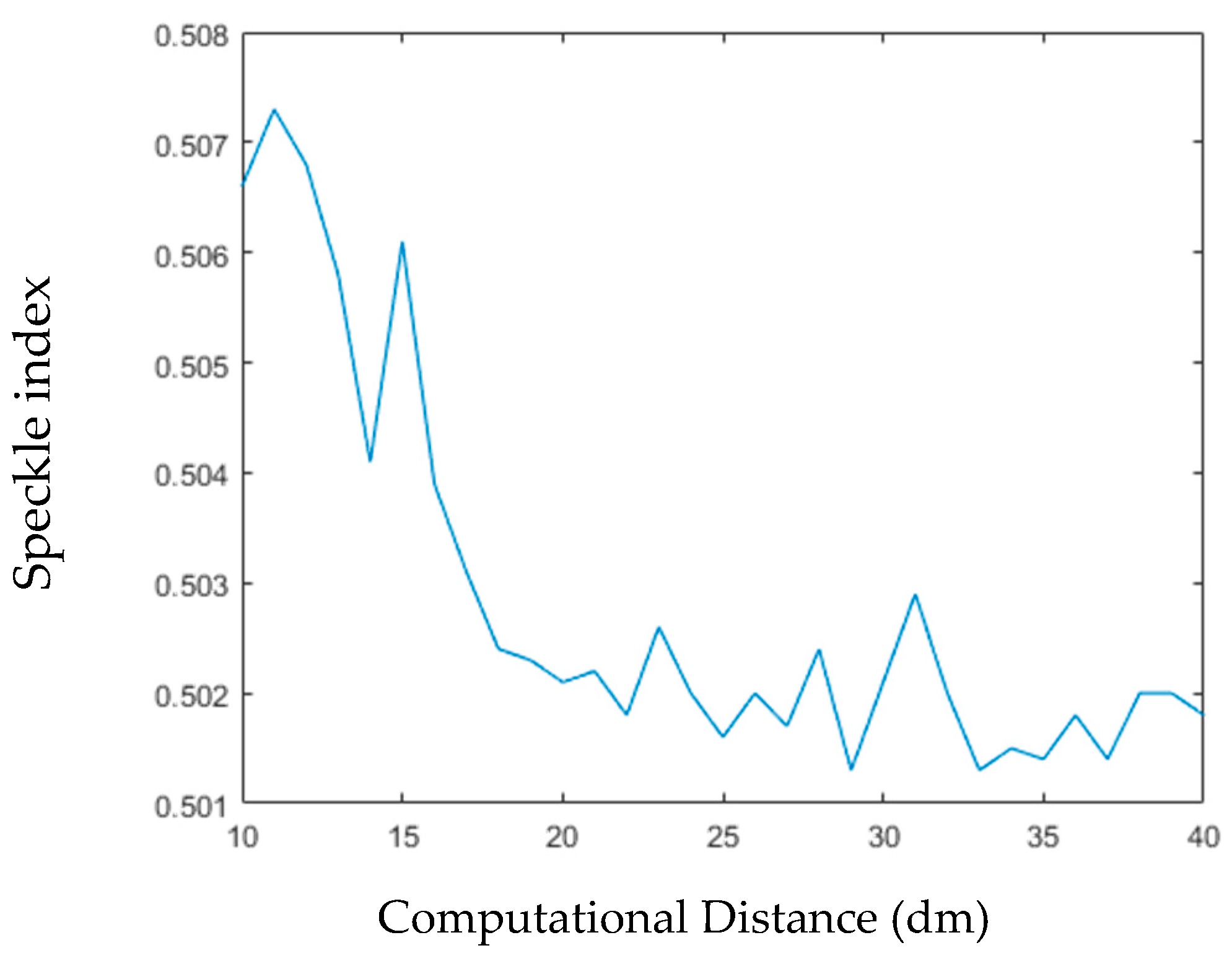
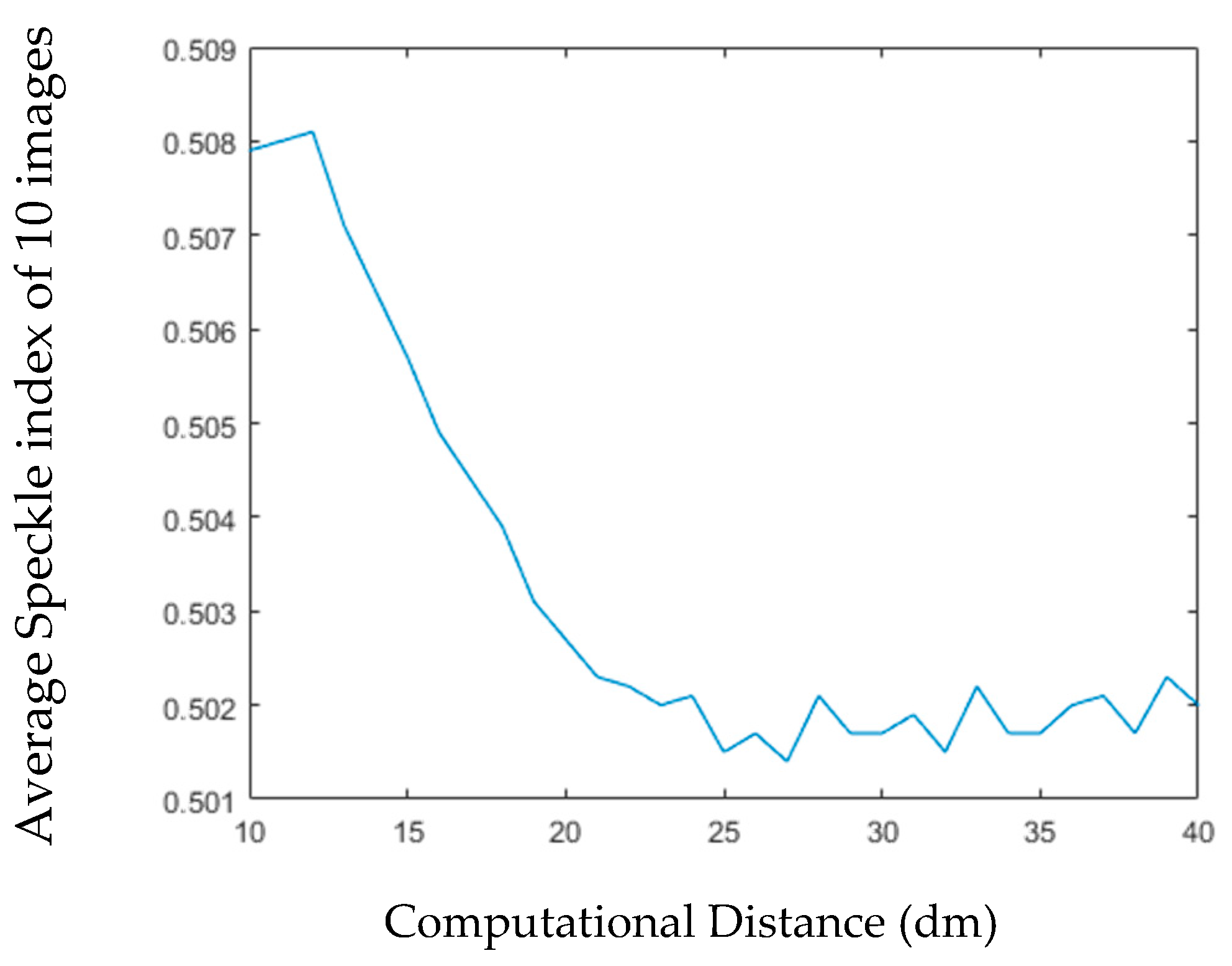
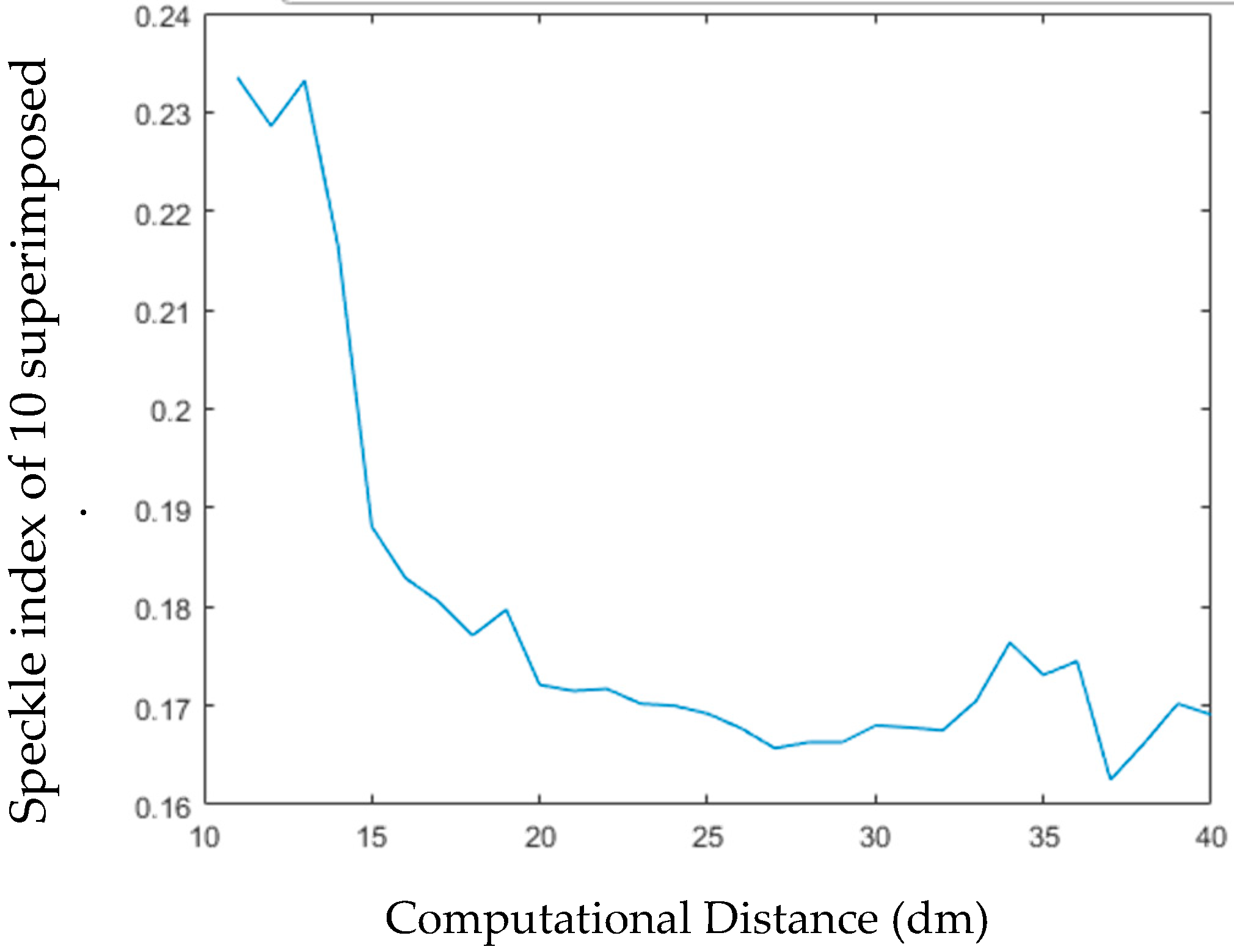
| Viewing Angle | 0° | 6° | … | 354° |
| Scheme I | … | |||
| Scheme II | … |
© 2019 by the authors. Licensee MDPI, Basel, Switzerland. This article is an open access article distributed under the terms and conditions of the Creative Commons Attribution (CC BY) license (http://creativecommons.org/licenses/by/4.0/).
Share and Cite
Gao, Z.-F.; Zheng, H.-D.; Yu, Y.-J. Holographic Three-Dimensional Imaging of Terra-Cotta Warrior Model Using Fractional Fourier Transform. J. Imaging 2019, 5, 67. https://doi.org/10.3390/jimaging5080067
Gao Z-F, Zheng H-D, Yu Y-J. Holographic Three-Dimensional Imaging of Terra-Cotta Warrior Model Using Fractional Fourier Transform. Journal of Imaging. 2019; 5(8):67. https://doi.org/10.3390/jimaging5080067
Chicago/Turabian StyleGao, Zhi-Fang, Hua-Dong Zheng, and Ying-Jie Yu. 2019. "Holographic Three-Dimensional Imaging of Terra-Cotta Warrior Model Using Fractional Fourier Transform" Journal of Imaging 5, no. 8: 67. https://doi.org/10.3390/jimaging5080067
APA StyleGao, Z.-F., Zheng, H.-D., & Yu, Y.-J. (2019). Holographic Three-Dimensional Imaging of Terra-Cotta Warrior Model Using Fractional Fourier Transform. Journal of Imaging, 5(8), 67. https://doi.org/10.3390/jimaging5080067





